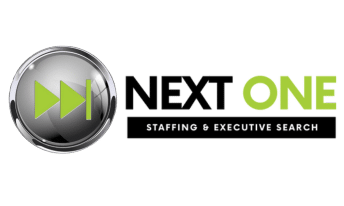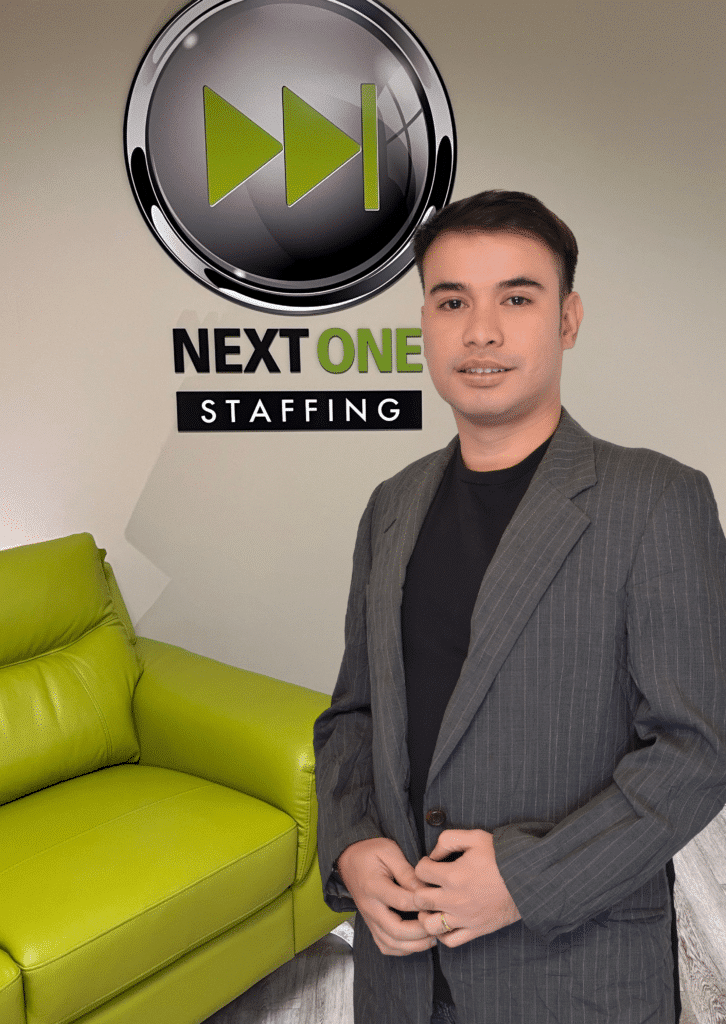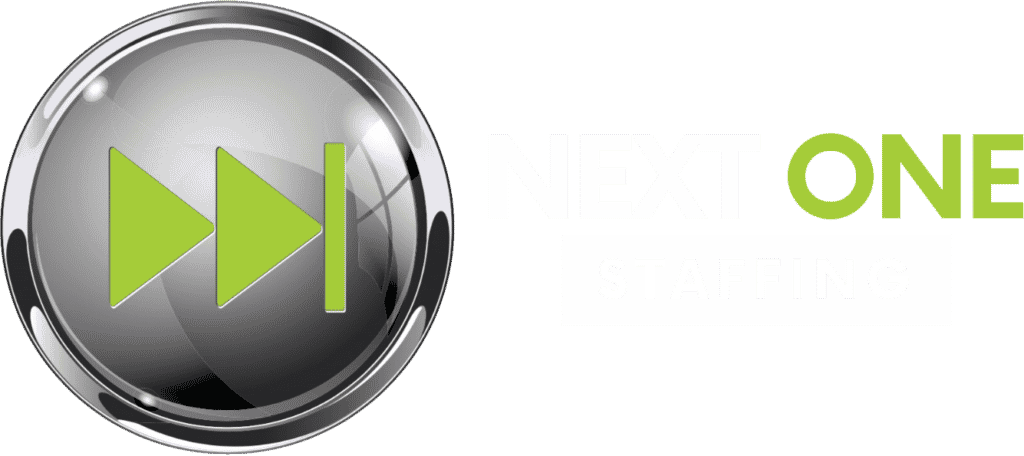
Hiring Process efficiency can make or break a company’s ability to attract and retain the right talent. In today’s competitive market, organizations need to rethink how they approach recruitment if they want to secure the best candidates. At Next One Staffing, we help businesses refine their hiring strategies to build stronger teams and improve long-term success. Below are actionable steps companies can take to make their hiring process more effective.
Clearly Define Job Roles and Expectations
The Society for Industrial and Organizational Psychology (SIOP) stresses that job analysis and clear role definitions reduce mismatches and increase hiring success. While many companies think “broad descriptions attract more candidates,” in reality, vague postings confuse applicants and waste time. A well-defined role acts like a filter: it may reduce the number of applicants, but the quality skyrockets. Businesses should go beyond listing duties — include measurable performance expectations and opportunities for growth. This creates alignment from day one.
Embrace Technology in Recruitment
Recruitment technology is transforming how companies find candidates. From applicant tracking systems (ATS) to AI-driven screening, leveraging digital tools can save time and improve accuracy. A McKinsey & Company report notes that automation in recruitment can speed up hiring and create better matches between companies and candidates.
Integrating these tools ensures a smoother process, enabling HR teams to focus on evaluating quality candidates rather than sorting through hundreds of applications.
Prioritize Candidate Experience
The hiring process is not just about evaluating candidates; it’s also about candidates evaluating your company. Poor communication or disorganized interviews can damage your employer brand. According to CareerPlug’s 2025 Candidate Experience Report, 66% of candidates said a positive experience influenced their decision to accept a job offer, and 26% declined offers specifically due to negative experiences.
Simple changes—such as timely updates, transparent timelines, and respectful interactions—can significantly enhance candidate satisfaction. For example:
- Timely updates prevent uncertainty. Many candidates abandon applications when they don’t hear back (CareerPlug also notes that applicants often expect prompt communication).
- Transparent timelines reduce anxiety about where they stand in the process. Knowing when decisions will be made creates trust.
- Respectful interactions, even for candidates who aren’t selected, help maintain goodwill and protect your employer brand.
In short: treating candidates with respect and clarity not only helps your chances of getting top talent, it also prevents turning away good people because of a poor process.

Use Data-Driven Decisions
Making hiring decisions based on data rather than gut feeling can reduce bias and improve outcomes. For example, the NBER working paper “Hiring as Exploration” explores how firms can use algorithms that balance exploitation (relying on known high-performing profiles) with exploration (testing novel profiles) to discover high-potential candidates. The authors show that such techniques can improve the quality of interview selections while enhancing diversity.
Metrics like time-to-hire, source-of-hire, candidate quality, and retention trends are far more than dashboard numbers — they are levers you can pull to refine your hiring funnel.
- If “time-to-hire” is high at a particular stage, focus resources (e.g. more interviewers, streamlined screenings) there.
- If candidates from certain sourcing channels perform better, shift budget and effort toward them.
- Introduce controlled experiments (A/B tests) in phases (e.g. test two screening questions) and analyze outcomes.
- Use fairness-aware algorithms (as in “Hiring as Exploration”) to avoid over-relying on profiles that reflect historical bias.
By continuously measuring, testing, and refining, you turn hiring from guesswork into a feedback-driven system rather than a one-time decision.
Focus on Cultural Fit and Soft Skills
While technical expertise matters, cultural alignment and soft skills are often the deciding factors in long-term success. For example, MIT Sloan Management Review in its article “Make Culture Unconditional” argues that a truly sustainable culture is one that’s clear, credible, consistent, and lived at all levels of the organization — meaning that employees’ everyday experience must reflect the stated values.
It’s not enough to claim “culture fit matters” — businesses must operationalize it. Here’s how:
Behavioral & situational interview questions
- Ask candidates how they’ve handled conflict, feedback, or ambiguity.
- Include real scenarios (e.g. “You’re in a cross-team project and priorities shift — what do you do?”) to assess adaptability, teamwork, and judgment.
Soft-skill assessments or simulations
- Use role-plays, group exercises, or communication tests to observe traits like emotional intelligence, collaboration, and resilience.
- These assessments help surface qualities that a resume or technical test can’t capture.
Cultural alignment benchmarks
- Define your core values (e.g. “transparency,” “innovation,” “customer-first”) and design interview rubrics that tie candidate responses to those values.
- Ask hiring teams to score cultural alignment separately from technical fit.
Onboarding reinforcement
- Beyond hiring, culture must be reinforced through orientation, mentorship, and early feedback loops. When new hires see real behavior aligned with stated culture, it validates the promise you made.
By combining behavioral interviews, practical assessments, and cultural benchmarks, companies can better identify candidates who not only can do the job, but will thrive in your environment.
Partner with Staffing Experts
Sometimes, the best way to improve the hiring process is to bring in outside expertise. Partnering with staffing professionals like Next One Staffing allows businesses to access a wider pool of talent, streamline recruitment, and reduce the risk of poor hires.
Our team specializes in matching top talent with the right businesses. Learn more about our approach to staffing or connect with us directly through our contact page to see how we can help your company hire smarter.
Turning Strategy into Action
The hiring process is more than just filling a vacancy — it’s about strategically building a workforce that drives long-term success. By defining roles clearly, embracing technology, improving candidate experiences, making data-driven decisions, prioritizing culture, and partnering with experts, businesses can create a hiring process that stands out in today’s competitive environment.
At Next One Staffing, we believe that a refined hiring process not only benefits businesses but also empowers professionals to thrive in the right roles.
























